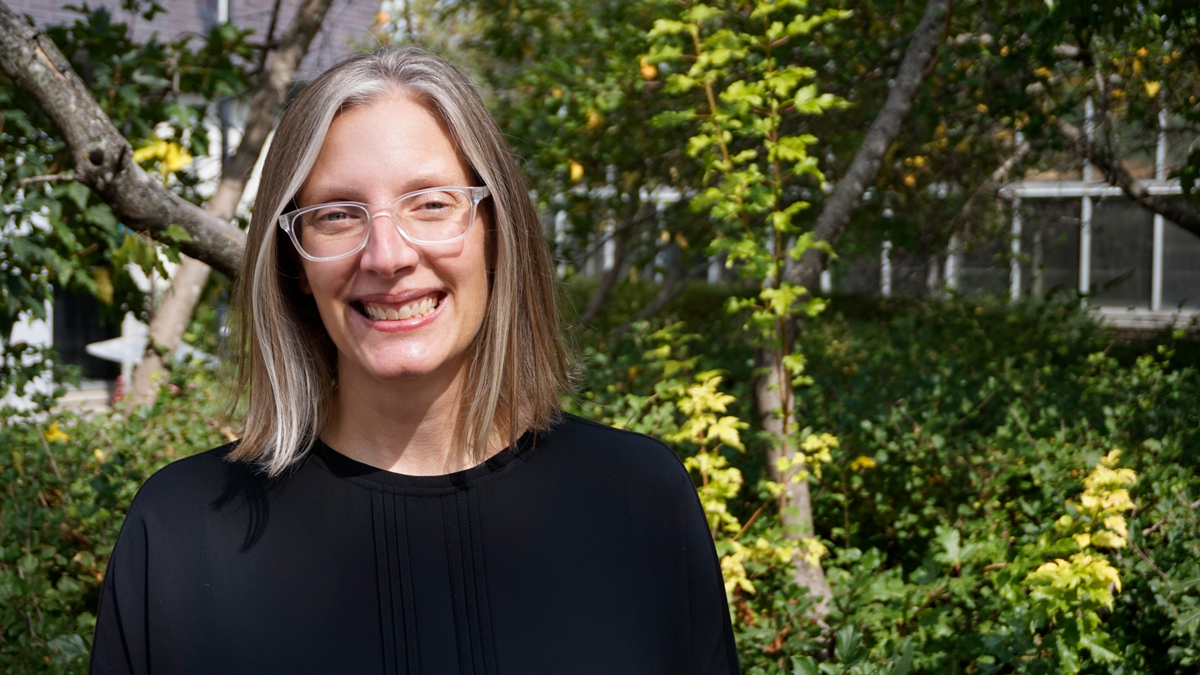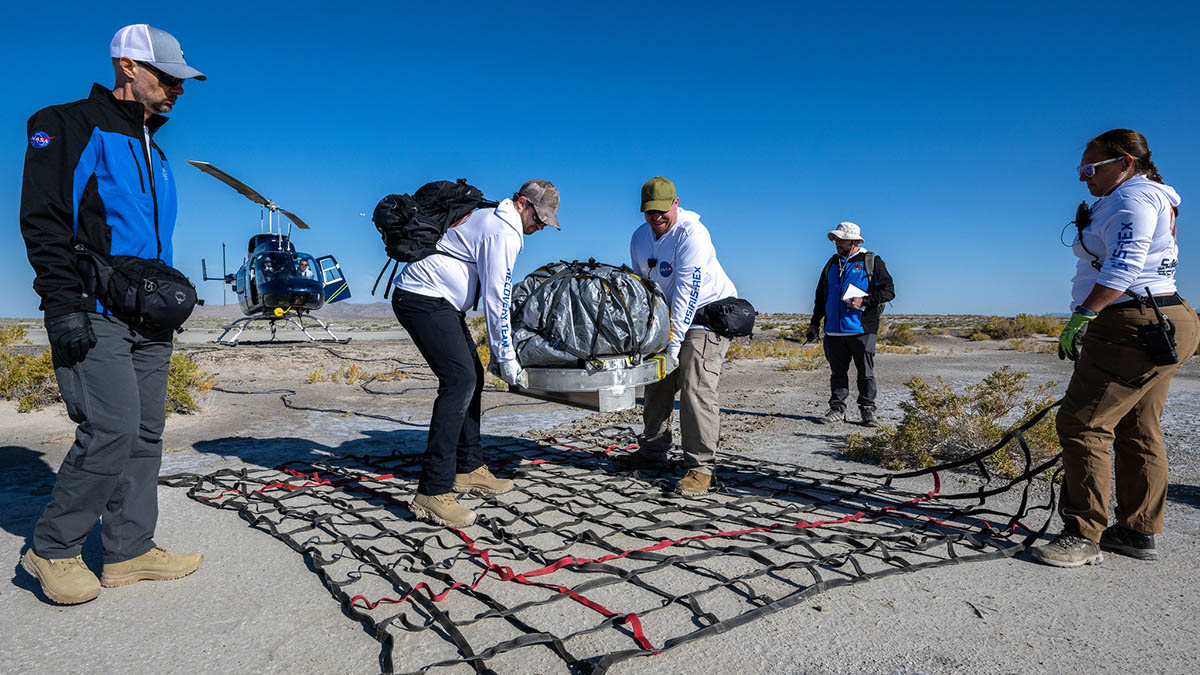Scientists will be busy analyzing a rare and ancient piece of the asteroid Bennu, which was brought to Earth on Sept. 24 as part of NASA’s OSIRIS-REx robotic mission.
The Canadian Space Agency (CSA) provided the mission with an OSIRIS-Rex Laser Altimeter (OLA). It scanned the asteroid’s surface and allowed the mission team to create a 3D map from 0.6 to 4.7 miles (1-7.5 kilometres) away from the asteroid. That allowed the spacecraft to select a site for landing and sample collection.
It’s the first asteroid sample-return mission Canada participated in. Canada also became the fifth country to preserve a sample collected in space.
Allyson Brady, an assistant professor of biology at Carleton University, said Bennu is estimated to be more than 4.5 billion years old. She said it’s crucial to collect material from space since it hasn’t been “contaminated” by contact with Earth.
Brady said that analyzing samples from space raises many questions we still need more technology to answer. That’s why scientists preserve some of the material from space for the future.
“There are still people who are working on Moon samples that were collected by the Apollo programs. We’re talking about programs from the 1960s.”

The asteroid is rich in carbon, one of the building blocks of life.
Kim Tait, who curates the Royal Ontario Museum and cares for Canada’s largest meteorite collections, will share the best practices on sample handling with the sample-receiving facility in Canada.
“Can you squish [a rock] with your fingers? Can you not? You know, there are some really basic observations that we can make with materials. And in some ways, that’s kind of what’s happening [with the sample] right now.”
She said the OLA provided by CSA was the most crucial landing venue observation instrument out of those used for the mission. That’s because the asteroid’s surface turned out much different than expected.
Because of Canada’s role in the mission, this country will get four per cent of the sample (the whole of which is estimated to be 250 grams), or roughly 10 grams.
NASA launched the OSIRIS-REx mission on Sep. 8, 2016. From December 2018 to May 2020, the spacecraft surveyed Bennu, creating a 3D map of its surface.
In October 2022, the spacecraft collected the sample. It started its journey back to Earth in March 2021.
Regolith from asteroid Bennu will be studied by generations of scientists from Canada and around the world.
Mackenzie Russel is a Master of Geophysics student at Western University. She hopes to do planetary science when she graduates.
Russel believes that missions like this are very important.
“They [asteroids] give us a window, an insight into what the conditions were like while the Solar System was forming. So, you know, way back a couple of million years ago,” she said.
NASA’s Johnson Space Center curation lab received the sample and distributed its portions to a sample analysis team of more than 200 members from more than 35 globally distributed institutions.
There were two missions delivering asteroid samples on Earth before. The JAXA Hayabusa mission brought samples from asteroid Itokawa. The JAXA Hayabusa2 mission brought back a sample from the asteroid Ryugu in November 2021. Japan Aerospace Exploration Agency developed both missions.
OSIRIS-REx spacecraft went on a new mission to asteroid Apophis about 20 minutes after releasing the asteroid Bennu sample return capsule. The spacecraft is now travelling under the new OSIRIS-APEX name.
It is expected to reach Apophis in six years, in 2029.




